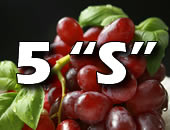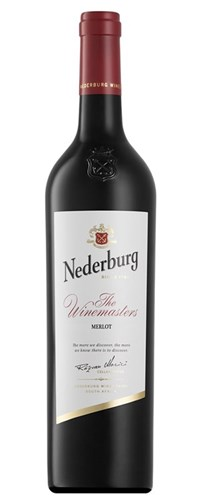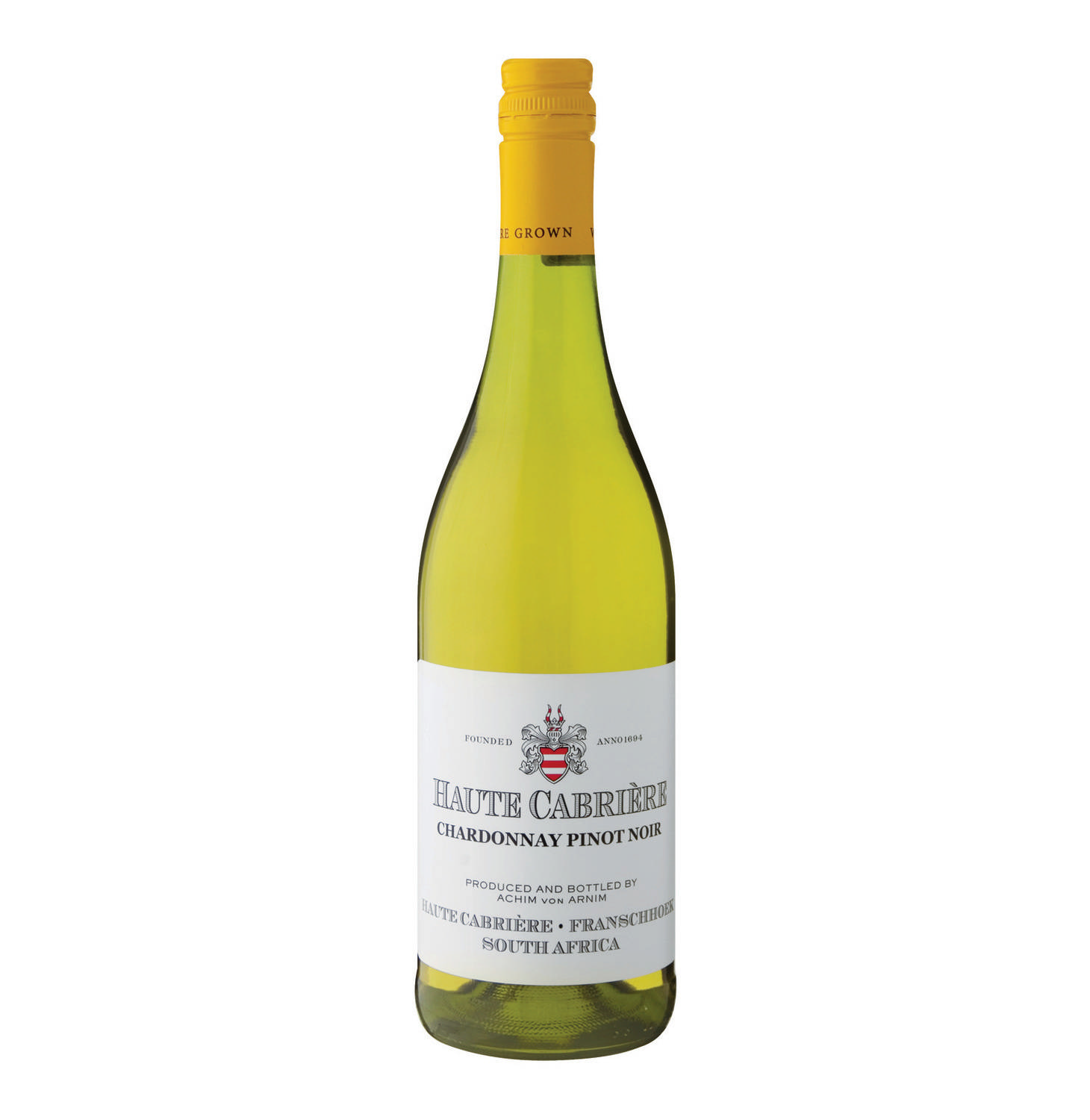Wine Tasting - The Five "S" Steps of Wine Tasting
See, Swirl, Sniff, Sip and Savor
Wine tasting establishes the quality of the wine, in relation to its region of origin, vintage, price of comparable wines and unique characteristics. The wine taster puts a wine through five steps of evaluation.
See, Swirl and Sniff – Appearance and Bouquet
The color and aroma of the wine are the first characteristics of the wine looked at by the taster. By examining the appearance and aroma, the taster gets clues to the flavor and quality of the wine without actually tasting it.
To assess the color, the wine is put against a white background, and the wine glass is tilted to see the colors. Red wines may be brick-red, ruby, garnet, purple, maroon or some other shade of red. White wine may be tinged with gold, light green or amber. The color is an indicator of the grape variety, the age and the ageing process. Another thing to look for during this ‘seeing’ phase is the clarity. The wine may be opaque or translucent, clear or cloudy, watery or dark.
To get the wine’s full aroma, it is swirled in its cup. This makes more of the wine come in contact with the air. This way, more of the aromatic compounds are released into the air. The aromatic characteristics of a wine together create its bouquet. Wine tasters prefer wine glasses which are wider at the bottom and narrow towards the top. This shape is ideal for experiencing the full bouquet of the wine. Swirling is omitted for sparkling wines because of their effervescence. During the visual examination, the wine is checked for sediments and floaters like cork bits.
Sip and Savor – Flavor and Aftertaste
Before even taking a sip of the wine, the wine taster gets hints about its flavor by its color and bouquet. After this the next step in wine tasting is to take a small sip of the wine. The wine is rolled around in the mouth. The initial sensation of taste shows the tannin levels, alcohol content, residual sugar and acidity. The balance of these aspects influences the complexity, intensity, heaviness and feel of the wine.
The next stage is to experience the wine’s taste. The mixed flavors may be fruity, spicy, smoky, woody etc. The finish or aftertaste is the duration for which the flavor of the wine lingers. The wine is experienced as a whole during this phase.
After wine tasting, the taster records the properties of the wine using various descriptors. There are hundreds of special terms to express the properties of wine. For example, a wine in which the alcohol content is out of balance and is too high may have ’alcoholic’ as one of it’s descriptors. ‘Austere’ indicates that the fruit flavor is not enough to balance its tannin and acidity. ‘Balanced’ indicates that acidity, sweetness, tannins, and alcohol are in balanced proportions with none being expressed in excess. The qualities of the wine noted by the tasters help buyers and drinkers of wine to choose good wines.




